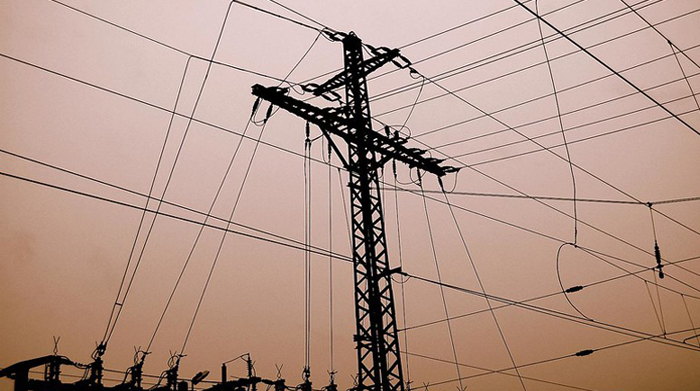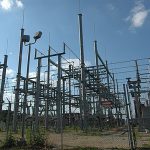FEMA Publishes 12th Annual National Preparedness Report

Image courtesy of Jordi Martorell under Attribution-NonCommercial-NoDerivs 2.0 Generic License, resized to 700 x 391 pixels.
The Federal Emergency Management Agency (FEMA) recently released its 12th annual National Preparedness Report. The goal of the report is to provide a snapshot of the current level of disaster risk in the U.S., as well as to summarize FEMA’s progress toward mitigating these risks.
Details of the New National Preparedness Report
The report, released in Dec. 2023, covers risks such as inflation and supply chain issues, natural disasters, climate change, and cyber threats, to name just a few. The report is based on a deep dive of 2022 data, as well as an analysis of long-term trends, and it helps inform FEMA’s strategic planning process.
The report identified several evolving threats and hazards that should keep emergency planners up at night:
- Inconsistent building code adoption. While this hazard may seem inconsequential on its surface, a closer look reveals that this issue is extremely problematic. Basically, buildings across the U.S. are not properly hardened against damage from disasters, and from a utility perspective, this likely results in some percentage of annual outages that would never have happened if building codes were consistently up to par.
- High-level community risks, which include challenges around evacuation procedures, sheltering capabilities, and relocation assistance. Subpar evacuation procedures are especially problematic for utility emergency preparedness, because clogged roads and misplaced residents only serve to complicate restoration efforts.
- Household preparedness gaps – Nearly 60% of U.S. households are not properly prepared for emergencies. While this may not have a direct impact on utility emergency preparedness, intuitively speaking, it certainly doesn’t help.
The good news is that FEMA is already proactively addressing these issues. For example, in Oct. 2023 FEMA made $1.8 billion available for communities to fortify their overall preparedness. FEMA, in partnership with the Cybersecurity and Infrastructure Security Agency (CISA), has also launched several important cybersecurity initiatives like the Shields Ready campaign, and the first-ever release of the Cyber Incidents Planning Guidance for Emergency Managers.
In the final analysis, although the National Preparedness Report isn’t directly targeted at utility companies, it definitely offers key insights that can help inform and improve the utility industry’s ability to prepare for the worst.



